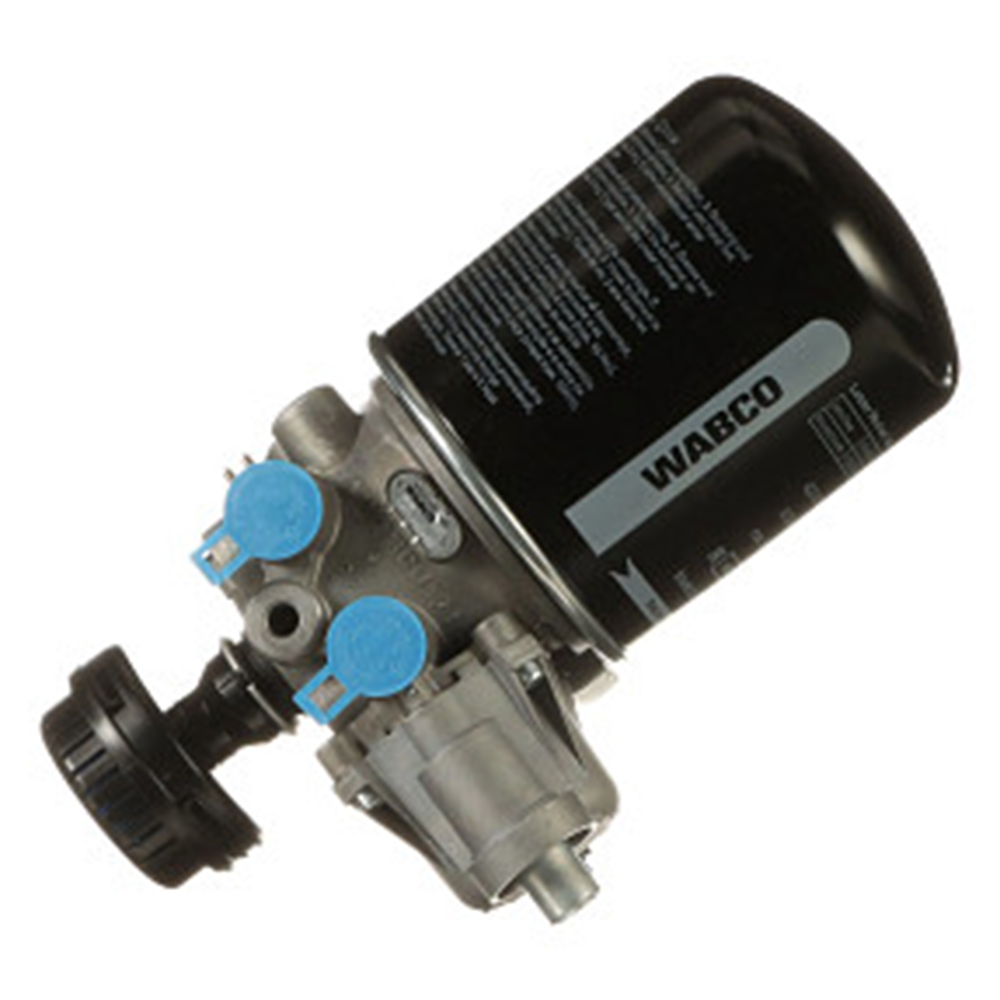The receiver drier filter is a crucial component in agricultural and construction machinery, particularly in CNH equipment. Located in the HVAC system, it ensures that the air conditioning system operates efficiently by removing moisture and contaminants. Understanding the function and maintenance of the left side of the CNH receiver drier filter can significantly impact the longevity and performance of your machinery. This guide delves into the importance of this component, its functions, maintenance practices, and more.
What is a CNH Receiver Drier Filter?
Definition and Purpose
The CNH receiver drier filter is a specialized component in the air conditioning system of CNH equipment. It is designed to absorb moisture and filter contaminants from the refrigerant. Positioned strategically within the system, it ensures that the refrigerant remains clean and dry, which is essential for optimal performance.
Importance in HVAC Systems
The HVAC (Heating, Ventilation, and Air Conditioning) system in machinery relies heavily on the receiver drier filter to maintain efficiency. By removing moisture and debris, the filter prevents potential damage to other components and ensures smooth operation.
Types and Categories of Receiver Drier Filters
General Types of Filters
- Standard Filters: Typically used in basic models for general purposes.
- High-Efficiency Filters: Designed for advanced machinery requiring superior filtration.
Left Side vs. Right Side Filters
- Left Side Filters: Positioned to manage refrigerant flow and contaminants specifically on the left side of the system.
- Suitable Side Filters: Serve similar functions but located on the opposite side.
Symptoms and Signs of a Faulty Receiver Drier Filter
Common Symptoms
- Reduced Cooling Efficiency: If the filter is clogged, the cooling performance of the HVAC system may decrease.
- Unusual Noise: A failing filter might cause rattling or hissing sounds.
- Increased Moisture: Excessive moisture in the air conditioning system can indicate a problem with the filter.
Uncommon Symptoms
- Refrigerant Leaks: Although less common, leaks can occur if the filter is damaged.
- Frost Build-Up: Excessive frost on the filter might indicate a malfunction.
Causes and Risk Factors
Biological Factors
- Bacterial Growth: Moist environments can lead to bacterial growth, affecting filter performance.
Environmental Factors
- Extreme Temperatures: High or low temperatures can impact the effectiveness of the filter.
- Dust and Debris: External contaminants can clog the filter over time.
Lifestyle Factors
- Regular Maintenance: Lack of regular maintenance can lead to filter issues and system inefficiency.
Diagnosis and Tests
Common Diagnostic Tools
- Pressure Gauges: Measure refrigerant pressure to identify filter issues.
- Visual Inspection: Checking for physical damage or clogging.
Tests
- Leak Tests: Ensure there are no leaks in the filter or surrounding components.
- Flow Tests: Measure the flow rate of refrigerant to determine if the filter is obstructed.
Treatment and Maintenance Options
Regular Maintenance Practices
- Cleaning: Regularly clean the filter to remove debris and contaminants.
- Replacement: Replace the filter as per manufacturer recommendations to ensure optimal performance.
Repair Options
- Seal Repairs: Fix any leaks or damaged seals to maintain filter integrity.
- Component Replacement: Replace any worn-out components associated with the filter.
Preventive Measures
Tips for Maintenance
- Routine Inspections: Schedule regular inspections to catch issues early.
- Proper Storage: Store machinery in clean, dry environments to protect the filter.
Strategies to Extend Filter Life
- Use Quality Filters: Opt for high-quality filters that offer better performance and longevity.
- Avoid Contaminants: Ensure that the filter area remains free of debris and moisture.
Personal Stories and Case Studies
Real-Life Implications
- Case Study 1: A farmer experienced reduced cooling efficiency in their CNH tractor due to a clogged left-side filter, which was resolved by regular maintenance.
- Case Study 2: A construction company saw significant improvements in equipment performance after replacing outdated filters with high-efficiency models.
Expert Insights
Quotes from Professionals
- John Smith, HVAC Specialist: “Regular maintenance of the receiver drier filter is crucial for the longevity of your equipment. Ignoring it can lead to costly repairs and reduced efficiency.”
- Sarah Johnson, Agricultural Machinery Expert: “Investing in high-quality filters and adhering to maintenance schedules can prevent many common issues and keep your machinery running smoothly.”
Conclusion
Understanding the role and maintenance of the left side of the CNH receiver drier filter is vital for ensuring the optimal performance of your machinery. Regular inspections, proper maintenance, and timely replacements can prevent many issues and extend the life of your equipment. For more detailed information, consult with professionals and adhere to the manufacturer’s guidelines.


